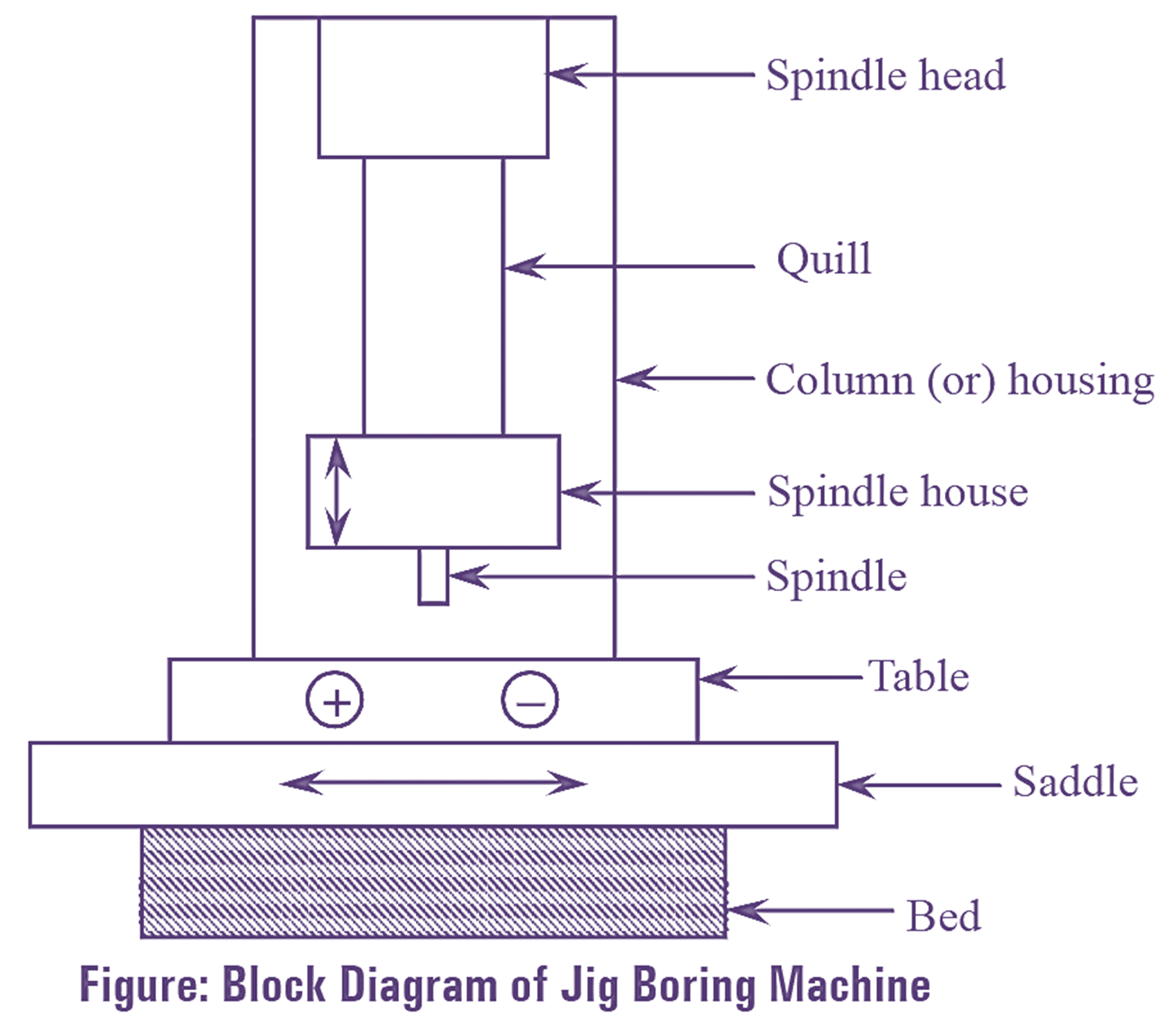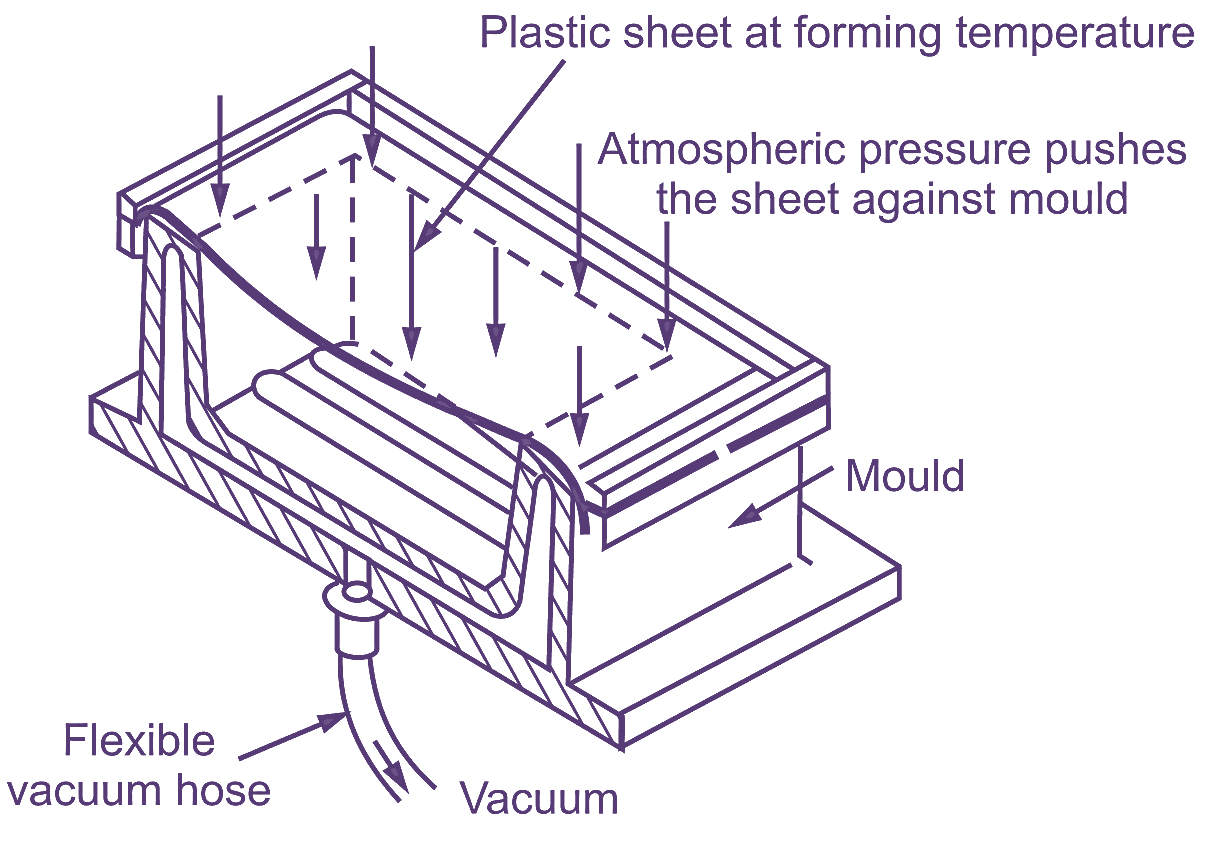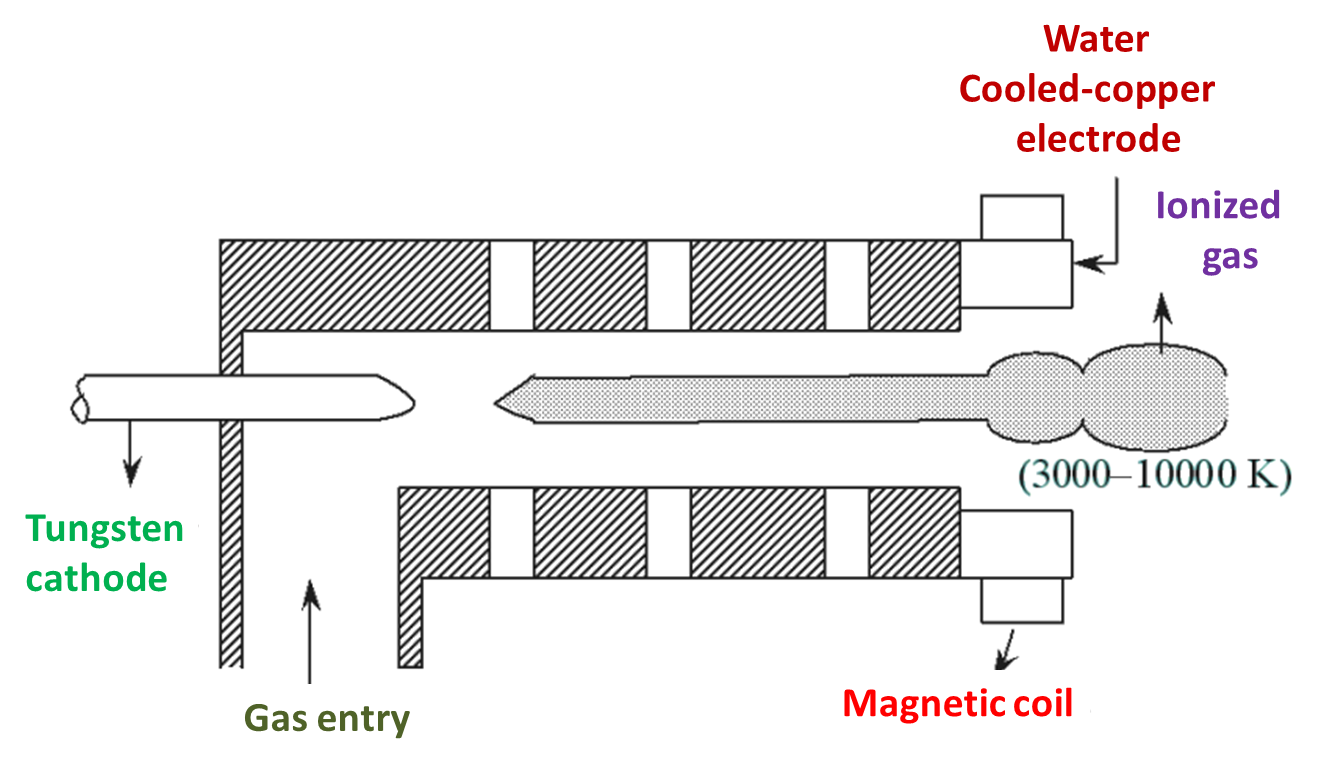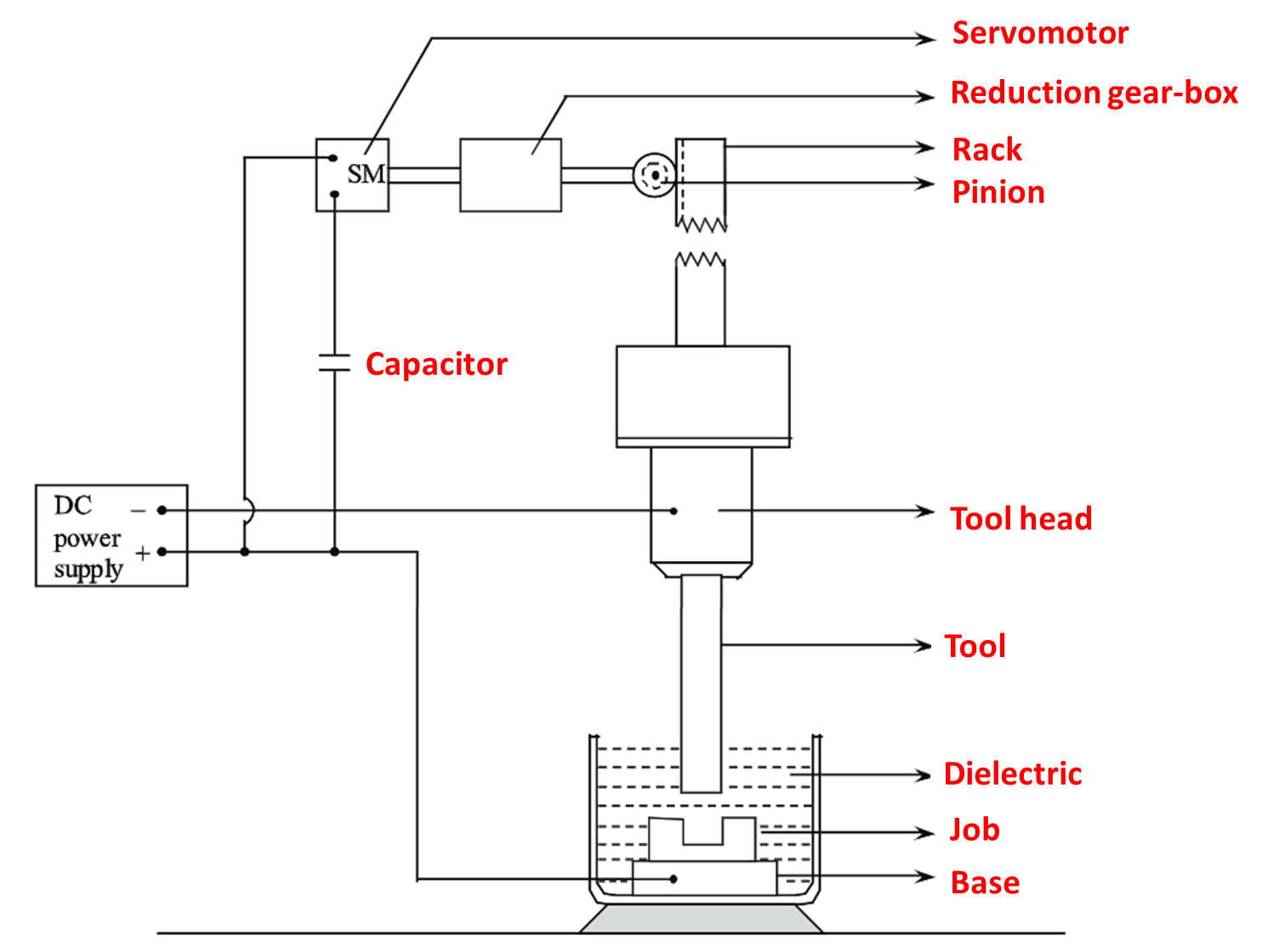
Continue reading What is Jig Boring Machine? Working, Parts, Diagram & Types

Fig. 1: Vacuum forming. Continue reading What is Vacuum Forming? Process, Applications, Products & Advantages
Abrasive flow finishing is a process of finishing the surfaces by using a semisolid abrasive which flows over the surfaces in order to remove the small quantity of material. Continue reading What is Abrasive Flow Finishing (AFF)? Process, Diagram, Working Principle & Applications

Figure 1: Friction Welding.
In friction welding, the heat is obtained by the friction between the surfaces of the two parts which are to be joined. These parts are held under pressure, where one part is stationary and other part is made to rotate at high speed. The welded joint is obtained hen a force on the stationary part is applied, after stopping the rotation of the part (see Figure 1). Continue reading What is Friction Welding? Process, Diagram, & Advantages

Figure 1: Plasma Arc Machining (PAM).
The gas molecules at room temperature consists of two or more atoms. When the temperature of gas molecules is heated to 2000°C, the molecules dissociated out as atoms. If the temperature is further increased to about 3000°C, the atoms dissociate their electrons and the gas becomes ionized (ions and electrons). Continue reading What is Plasma Arc Machining (PAM)? Process, Diagram, Advantages & Applications

Figure 1: Chemical Machining.
Chemical machining is a process used for removing the material by dipping it into a chemical solution which dissolves all the material of the workpiece. Depending upon the requirement the material is removed from the workpiece portions which are uncovered with the masks. Continue reading What is Chemical Machining? Process, Diagram, Advantages & Applications

Figure 1: Electrical Discharge Machining
Electrical discharge machining is versatile among all electrical machining methods. This process is also named “spark erosion machining” or “spark over initiated discharge machining”, as the removal of metal occurs due to erosion caused by the electric spark. Continue reading What is Electrical Discharge Machining (EDM)? Process, Diagram, Advantages & Applications